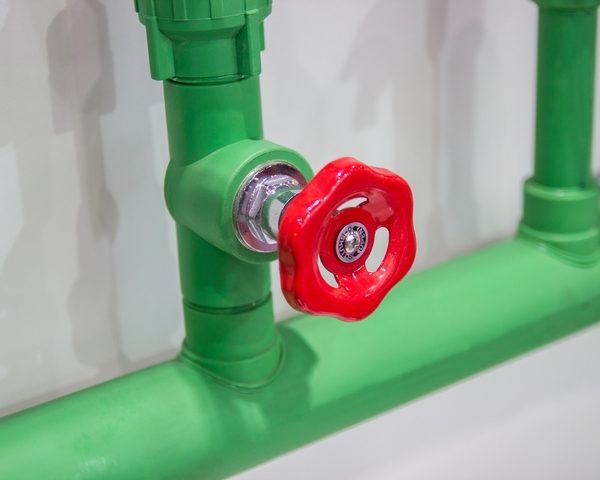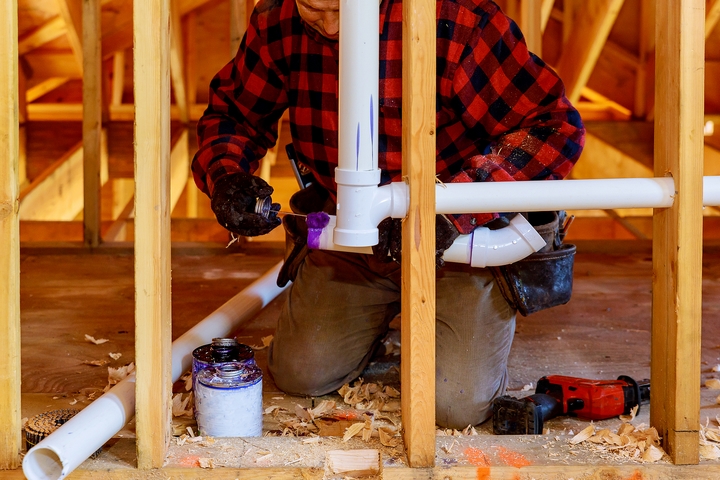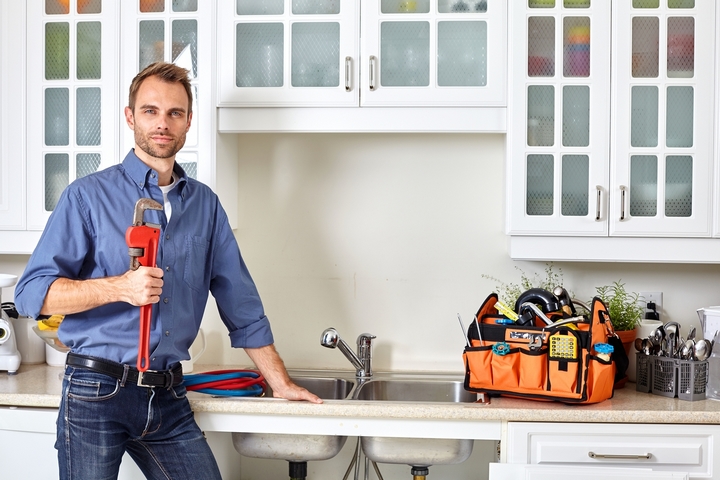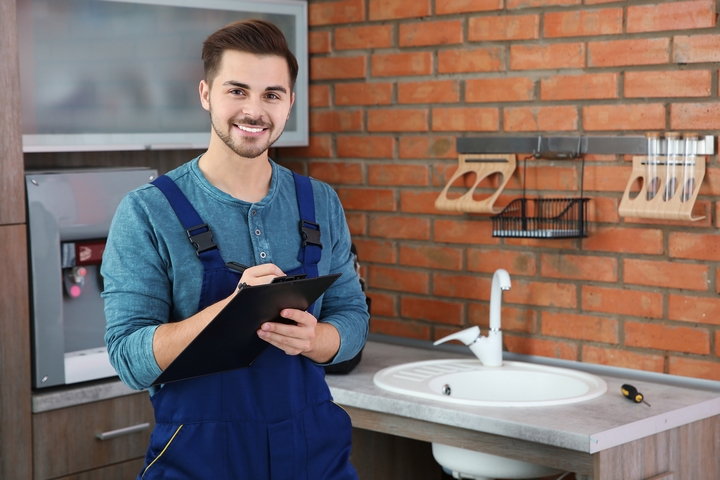
5 Plumbing Tips and Tricks for a New Home
Becoming a new homeowner can be a thrilling experience. If you’re building your home from the ground up, it’s even more exciting because you get to decide what goes into your new home.
The aesthetics of a home are certainly one of the focal points for any new homeowner, but there is something else to consider. Your plumbing situation. Oh yes, your plumbing situation is a big aspect that you need to consider.
The problem with many new homeowners is that they get so caught up in making the house look pretty. In doing so, you tend to forget that there are major aspects of the home that need as much attention to detail as the outer appearance of your house. Your plumbing is the last thing you want to fall between the gaps during a remodel or new home building.
Plumbing tips will come in handy when building, renovating, or remodelling your home. Keep in mind these five plumbing tips for a new home:
Tip #1: Start Plumbing from under the Ground

The best place to build a strong plumbing foundation is to start from the ground up. Or underground, in this case. Specifically, you’ll want to look at your pipes to see any issues you can spot.
Bad pipes need to be attended to right away before starting work on anything else. Poor pipes will never be covered by a coat of paint alone. A paint job is nothing more than a temporary band-aid.
Oh no, with bad pipes, you need to fix the problem at the root. In this case, it’s best to bring in some professional help. You must have a clear image of the age and quality of your pipes if you are pulling down an existing home or upgrading your current area.
You will also need to know what material your pipes are constructed of since this will later influence your plumber’s fixture installation decisions. Consult a plumber Hamilton to help with this process. Once you’ve settled this step, you can move on to the next.
Tip #2: Get Your Plumbing Permits In Order

This critical phase is sometimes forgotten during tiny projects. If you haven’t got your permits yet, you need to get started on this right away. Sure, getting the permits may take a while, and it will slow you down, but it is an essential process element.
These permits are vital for ensuring that your property complies with fire safety regulations and codes. Otherwise, you could be in a heap of trouble come inspection time. Inspectors have been known to order some homeowners to pull out non-conforming work.
This could be a major setback if that happens. Do yourself a favour and attempt to get the necessary permits as soon as possible.
Tip #3: Make Eco-Friendly Plumbing Choices

A home is a long-term commitment, and you should be thinking long-term too when it comes to the fittings and fixtures of your home. Plumbing that is efficient and environmentally friendly will benefit both the environment and your budget.
For example, you could consider getting a tankless water heater if you have a small family. If you want to have landscaping in your front or backyard, look into greywater systems that may be used for grass watering. These options need some forethought and may include changes to certain plumbing setups, so plan when considering efficiency.
Tip #4: Use a Centralized System for Easy Plumbing Maintenance

Keeping everything in one area is critical for future maintenance and repairs when establishing a plumbing system. Some examples of items that can be installed together include a water softener and heater, furnace, sewer connection, sump pump, and sewage ejector pit.
It’s a good idea to put these things together in the basement because it’s the most practical location for your system without being unsightly. If you don’t have a basement, you may put them on the main level and store them in a utility closet to keep them hidden.
Tip #5: Cover Your Room Bases

Another plumbing tip to keep in mind is to make sure you’ve covered all your bases. When planning the configuration of your plumbing system, consider all of the rooms that use water. The restrooms, kitchen, and laundry room are the top three locations to think about.
It’s probably a good idea to make a list of all the rooms in your home that will need some form of water supply. Just to make sure you’re not leaving anything out.
When deciding on what should go into your new house, consider not only what will best suit you today but also what might potentially convert to a higher resale value in the future. After all, upgrading to a newer or more energy-efficient system as a long-term investment might be a good idea.
